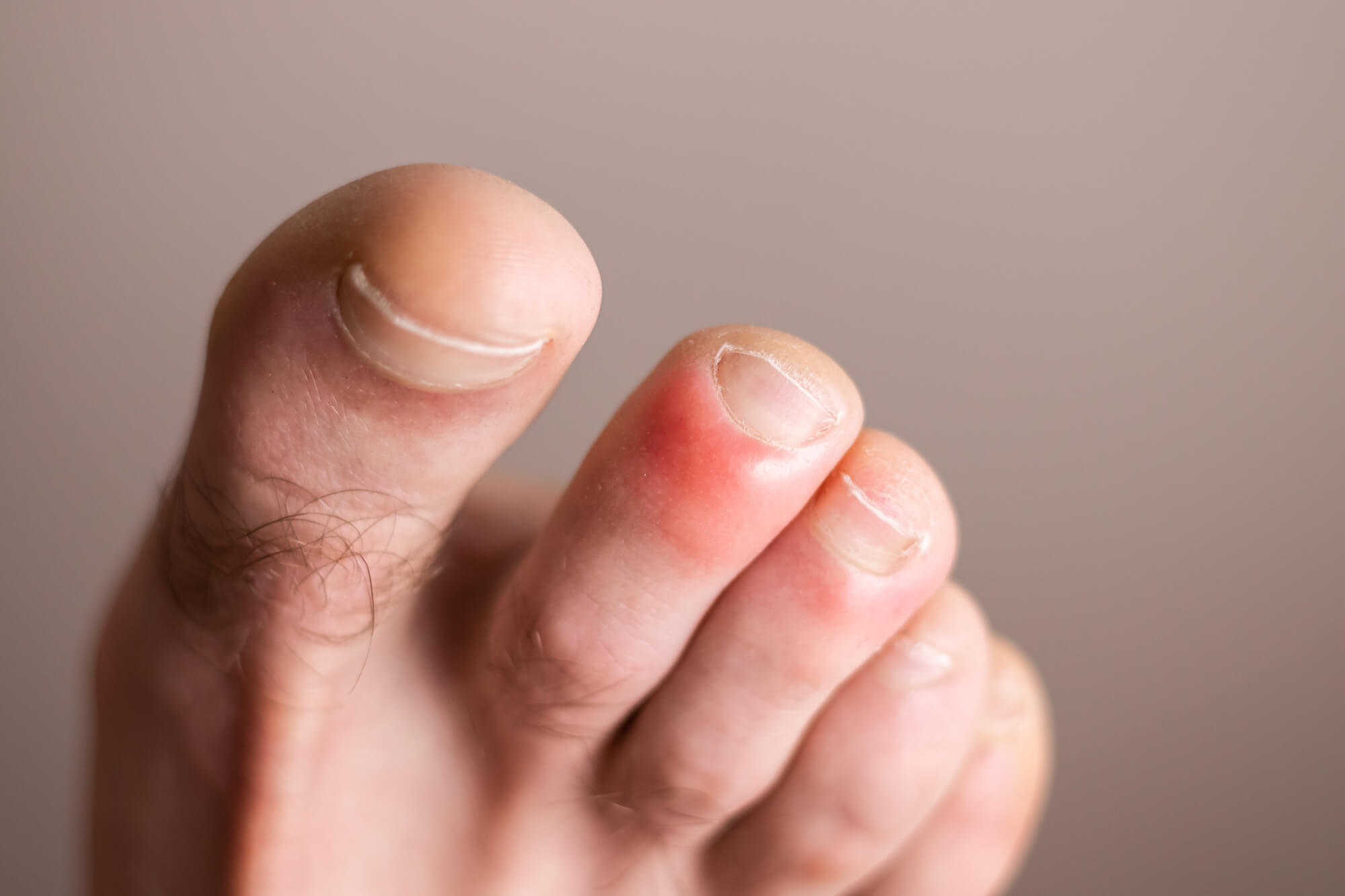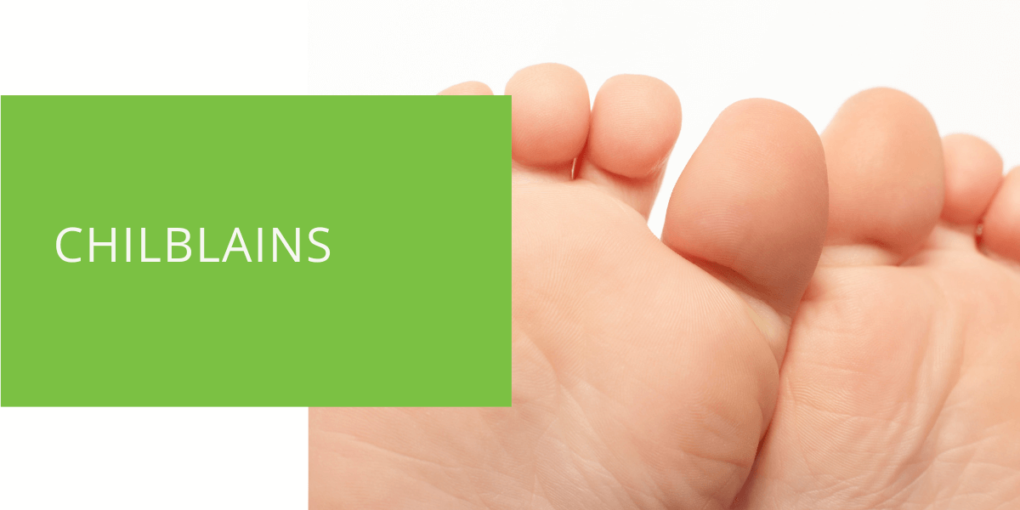Understanding Chilblains: Symptoms, Causes, Diagnosis, and Treatment
Are you tired of enduring the discomfort and pain brought about by chilblains every cold season? Say goodbye to this common ailment with our comprehensive guide on everything you need to know about chilblains.
Chilblains, or pernio, are a common problem for people living in regions with cold weather. They can be uncomfortable and painful, particularly in the hands and feet. This guide will provide a detailed explanation of chilblains, including their symptoms, causes, diagnosis, treatment, and prevention. You'll learn how to identify the early signs of chilblains, what causes them, and most importantly, how to keep them at bay. With our guide, you'll be able to enjoy the cold weather without the discomfort of chilblains. So sit back, relax, and let's explore everything you need to know about chilblains.
Key Takeaways
- Chilblains, or pernio, is an uncomfortable condition caused by exposure to cold and damp conditions, primarily affecting the extremities like hands and feet.
- Recognizing the symptoms, seeking prompt diagnosis and treatment, and taking preventive measures are crucial in managing chilblains effectively.
- Complications can arise if chilblains are left untreated, making it essential to consult a healthcare professional for proper care and guidance.
What Are Chilblains?
Chilblains, or pernio, is a condition that occurs when small blood vessels beneath the skin become inflamed in response to exposure to cold and damp conditions. This inflammation can lead to a range of distressing symptoms and, in severe cases, even the formation of painful blisters. Chilblains usually target the fingers, toes, and ears, but they are not limited to these areas.
Although often considered a minor issue, Chilblains can be quite uncomfortable and even painful. Understanding this condition's underlying causes and manifestations is essential for timely intervention and preventing complications.
Symptoms of Chilblains
Chilblains typically present with several key symptoms, including:
- Itching: The affected area may experience intense itching, which can be distressing.
- Red or Purple Skin: The skin in the affected area becomes discolored, taking on a reddish or purplish hue.
- Swelling: Inflammation leads to swelling, further adding to the discomfort.
- Burning or Tender Skin: The skin becomes sensitive, often causing a burning or tender sensation.
- Blisters in Severe Cases: In more severe instances, chilblains can form painful blisters.
The itching and discomfort associated with chilblains can disrupt one's daily life. Severe cases with blister formation can lead to complications if left unattended. Recognizing these symptoms is crucial for timely intervention.
What Causes Chilblains?
The primary cause of chilblains is prolonged exposure to cold and damp conditions. When the skin is exposed to cold temperatures, blood vessels constrict to preserve heat. Still, this process can trigger an inflammatory response when the skin warms up again in individuals predisposed to chilblains.
Other potential causes and risk factors for chilblains include:
- Poor Circulation: Individuals with circulatory issues are more susceptible.
- Perniosis (Related Condition): Perniosis, often confused with chilblains, is another risk factor.
- Autoimmune Diseases: Conditions like lupus may increase the likelihood of chilblains.
- Medications Like Nifedipine: Certain medications can contribute to chilblains.
Understanding the root causes of chilblains and the factors that increase susceptibility is crucial. It helps individuals proactively prevent chilblains, especially in high-risk scenarios.

Diagnosing Chilblains
If you suspect you have chilblains due to the symptoms mentioned earlier, seeking professional medical advice from a podiatrist or healthcare provider is essential. They will conduct a thorough examination to diagnose chilblains, which may include visual inspection and, in some cases, a biopsy to rule out other conditions.
A prompt and accurate diagnosis by a healthcare professional is essential to differentiate chilblains from other similar conditions and start appropriate treatment.
Complications of Chilblains
While chilblains usually resolve independently, they can lead to complications if not properly managed. These complications may include:
- Open Sores or Ulcers: Severe chilblains can lead to open sores or ulcers.
- Infection: Open sores are susceptible to infection.
- Permanent Scarring: Long-lasting effects may include scarring.
- Gangrene in Severe Cases: In extremely rare cases, severe chilblains can lead to gangrene.
Recognizing and addressing chilblains early can prevent these complications. It's essential to emphasize the significance of timely intervention.
Treating Chilblains
Treatment for chilblains focuses on relieving symptoms and preventing complications. Some common approaches include:
- Keeping the Affected Area Warm: Ensuring warmth helps alleviate discomfort.
- Avoiding Scratching: Scratching can worsen symptoms and potentially lead to infection.
- Applying Topical Creams: Certain creams can help with itching.
- Elevating the Affected Limb: Elevation reduces swelling.
- Wearing Protective Clothing: Proper attire in cold weather can prevent chilblains.
In severe cases or when complications arise, your podiatrist may recommend additional treatments, such as medications or wound care.
Effective treatment strategies can significantly improve the quality of life for those affected by chilblains. It's essential to understand these options for better management.
Preventing Chilblains
Preventing chilblains is essential, especially if you are prone to developing them. Here are some practical steps to prevent chilblains:
- Keep Your Hands and Feet Warm and Dry: Proper clothing and footwear are essential.
- Avoid Sudden Temperature Changes: Gradual warming is crucial to prevent chilblains.
- Consult Your Healthcare Provider: If you have an underlying medical condition or take medications that increase your risk of chilblains, seek guidance on prevention.
Prevention is the most effective way to manage chilblains. These preventive measures can make a significant difference in reducing the risk of developing this condition.
Conclusion
Chilblains, though often considered a minor issue, can cause significant discomfort and even lead to complications if not properly managed. If you experience symptoms of chilblains, do not hesitate to contact a podiatrist or healthcare provider for diagnosis and treatment.
Our podiatrists have extensive experience in diagnosing and treating chilblains. Our team of experts is here to provide personalized care and guidance. Don't let chilblains disrupt your life; schedule an appointment with us today to ensure your feet and hands remain healthy and comfortable throughout the year.
Our experienced podiatrists are well-equipped to diagnose, treat, and provide expert guidance on chilblains. We are dedicated to ensuring your well-being and comfort.
Remember, early intervention is key to preventing complications and ensuring your well-being. Stay informed, stay warm, and take steps to protect yourself from the discomfort of chilblains.

